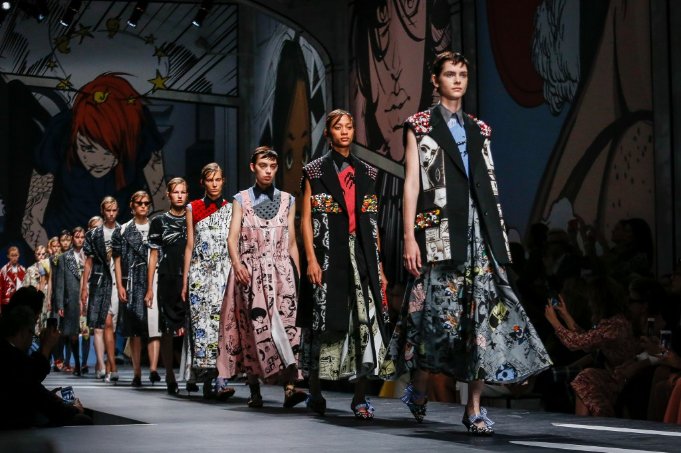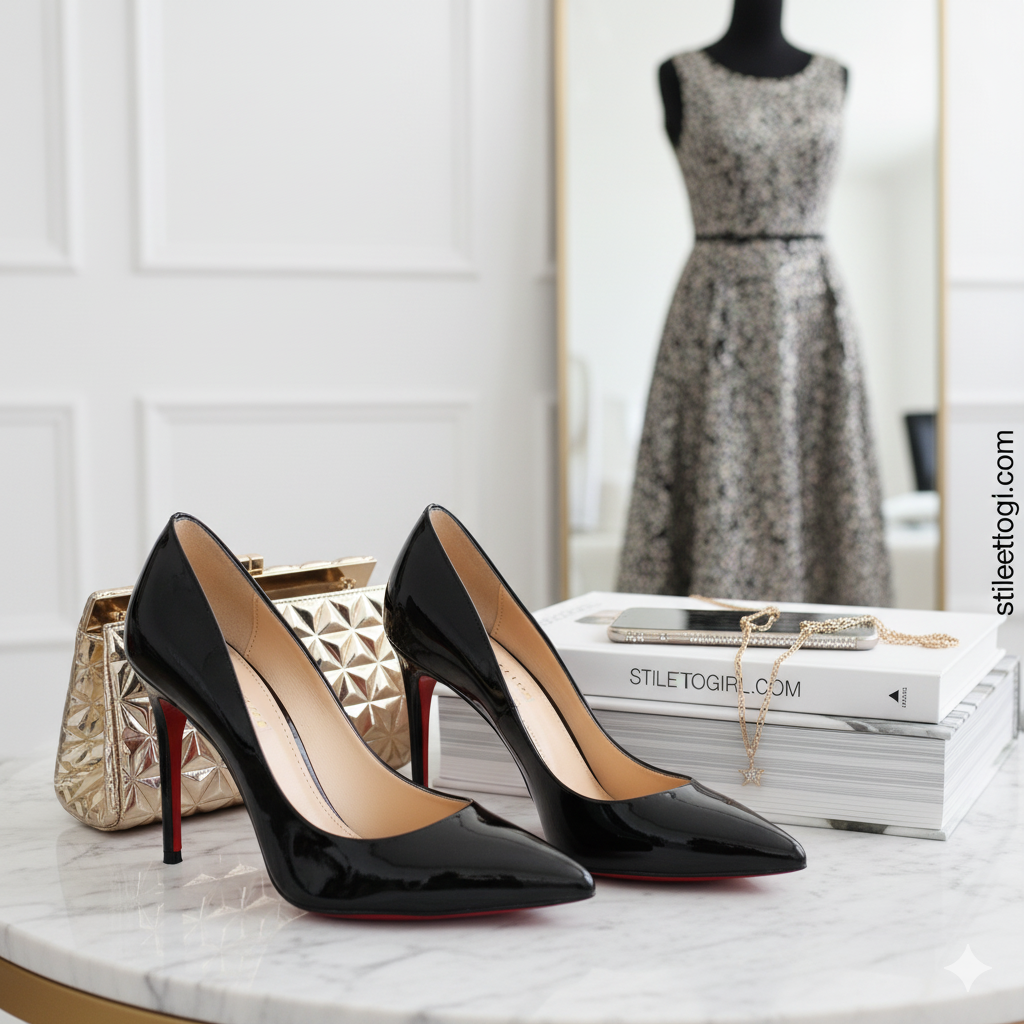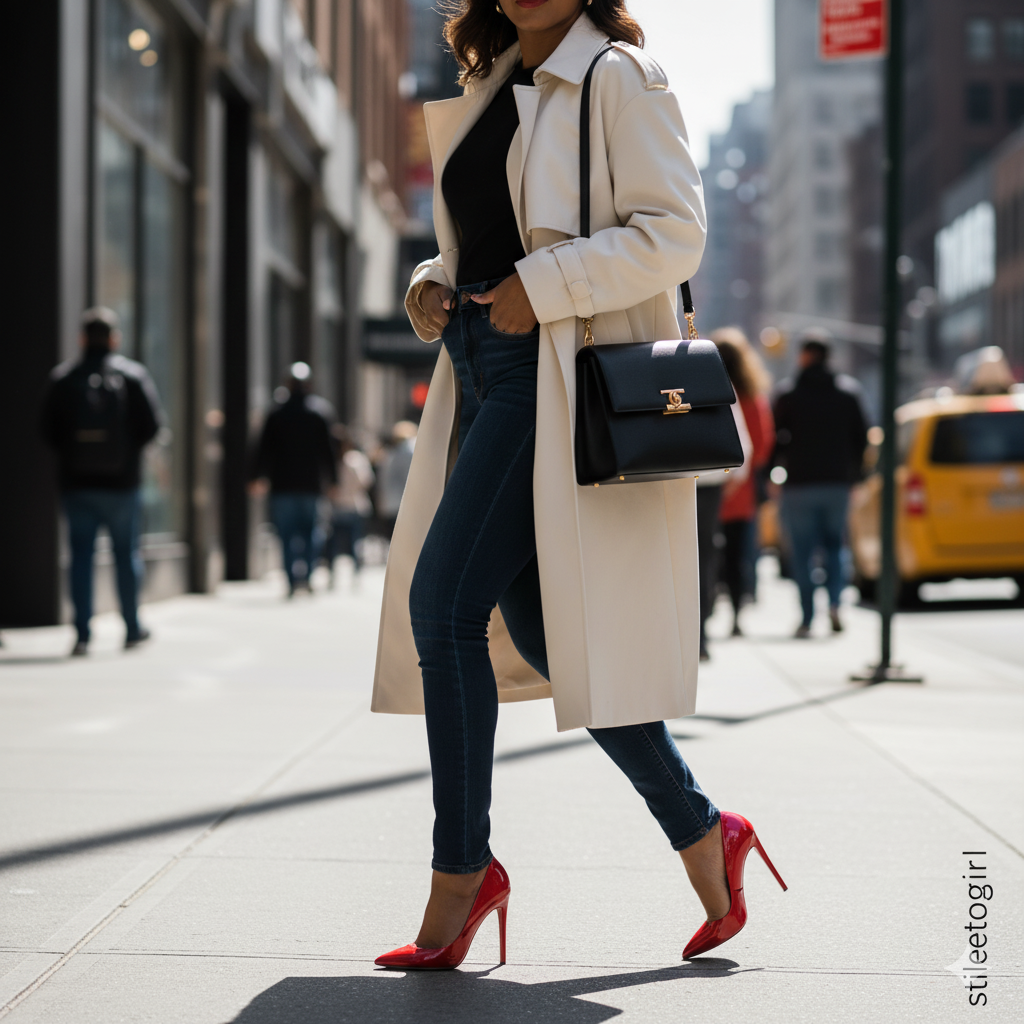
Sustainable Style: Fashion That Looks Good and Does Good
The world of fashion is evolving. Beyond aesthetics and trends, consumers today are increasingly conscious of the environmental and ethical impact of their wardrobe choices. Sustainable fashion is no longer a niche concept—it is a growing movement that blends style, responsibility, and innovation. From eco-friendly fabrics to ethical manufacturing, sustainable fashion empowers individuals to look good while making conscious decisions for the planet.
Photo suggestion: Flat-lay of sustainable clothing items made from organic cotton and recycled materials.
The Rise of Conscious Fashion
The fashion industry has historically been one of the largest contributors to pollution and waste. Fast fashion, with its rapid production cycles and disposable clothing, has driven demand but created significant environmental strain. In response, a new generation of designers and brands are prioritizing sustainability, focusing on long-lasting quality, eco-friendly materials, and ethical practices.
Sustainable fashion encourages consumers to think critically about what they buy, promoting thoughtful purchases rather than impulsive consumption. It emphasizes durability, versatility, and timeless design, proving that style and responsibility can coexist.
Photo suggestion: Designer workshop with eco-friendly materials and workers sewing garments.
Eco-Friendly Fabrics and Materials
A key aspect of sustainable fashion is the use of environmentally responsible fabrics. Organic cotton, hemp, bamboo, Tencel, and recycled polyester are just a few materials gaining popularity. These fabrics require fewer chemicals, less water, and lower energy during production, reducing environmental impact.
Additionally, innovative fabrics like mushroom leather, pineapple leather, and recycled ocean plastics are transforming sustainable fashion. Designers are exploring these materials to create unique textures and styles while staying eco-conscious.
Photo suggestion: Close-up of fabric swatches labeled “organic cotton,” “Tencel,” and “recycled polyester.”
Timeless Wardrobe Staples
Sustainable fashion emphasizes investing in timeless pieces that remain stylish beyond seasonal trends. Classic blazers, well-fitted jeans, versatile dresses, and quality outerwear are examples of staples that can be worn repeatedly and styled in multiple ways.
Timeless clothing reduces waste by encouraging longer wear, limiting the need for frequent replacements, and fostering a more thoughtful approach to fashion. This philosophy supports a wardrobe that is practical, versatile, and chic.
Photo suggestion: Model wearing a classic trench coat, white blouse, and straight-leg jeans in a minimalist setting.
Second-Hand and Vintage Fashion
Another cornerstone of sustainable fashion is embracing second-hand and vintage clothing. Thrift stores, consignment shops, and online resale platforms allow consumers to find unique pieces while extending the life cycle of garments.
Vintage fashion also encourages creativity, as individuals mix retro finds with contemporary styles. This approach not only reduces environmental impact but also provides a distinctive look that stands out from mass-produced clothing.
Photo suggestion: Lifestyle shot of a person browsing a curated vintage store with colorful racks of clothing.
Minimalism and Capsule Wardrobes
Capsule wardrobes are a key trend in sustainable fashion. This concept encourages owning fewer, carefully selected pieces that can be mixed and matched effortlessly. Neutral tones, simple silhouettes, and versatile items form the foundation of a capsule wardrobe, promoting conscious consumption and minimizing clutter.
By focusing on essential pieces, wearers can reduce decision fatigue, simplify styling, and reduce environmental impact—proving that less truly can be more in fashion.
Photo suggestion: Flat-lay of a capsule wardrobe including versatile tops, pants, and shoes in neutral tones.
Ethical Manufacturing and Fair Trade
Sustainability in fashion is not limited to materials—it also includes ethical production. Brands are increasingly committed to fair wages, safe working conditions, and transparency in their supply chains.
Supporting ethical brands ensures that fashion does not come at the cost of workers’ rights or safety. Consumers can make informed choices by researching brands, reading labels, and prioritizing companies with transparent practices.
Photo suggestion: Image of artisans handcrafting clothing or shoes in a safe, organized workshop.
Sustainable Accessories
Sustainability extends beyond clothing to accessories. Eco-friendly shoes, handbags, belts, and jewelry made from recycled, biodegradable, or responsibly sourced materials are becoming mainstream. These items allow fashion enthusiasts to complete their outfits while minimizing environmental impact.
Even small choices, like reusable shopping bags, bamboo sunglasses, or recycled metal jewelry, contribute to a more sustainable lifestyle without compromising style.
Photo suggestion: Flat-lay of sustainable accessories, including handbags, shoes, and jewelry with eco-friendly tags.
The Role of Fashion in Social Change
Sustainable fashion is part of a broader cultural shift. By making conscious choices, consumers influence trends, production practices, and brand behavior. Social media and influencer advocacy amplify awareness, encouraging brands to adopt greener practices and pushing the industry toward accountability.
Fashion becomes a platform for positive change, merging creativity with responsibility. Consumers are no longer passive buyers—they are active participants shaping a more ethical and sustainable industry.
Photo suggestion: Collage of influencers showcasing eco-friendly fashion outfits in urban settings.
Tips for Building a Sustainable Wardrobe
- Invest in Quality: Choose durable fabrics and well-constructed pieces.
- Buy Less, Choose Wisely: Avoid impulse purchases; focus on versatile, timeless items.
- Embrace Second-Hand: Explore thrift stores, vintage shops, and resale platforms.
- Mix and Match: Create multiple outfits from fewer items through layering and accessories.
- Research Brands: Support ethical and sustainable companies committed to transparency.
Following these practices ensures a wardrobe that is stylish, responsible, and long-lasting.
Photo suggestion: Flat-lay of a sustainable outfit with layered accessories, shoes, and outerwear.
Conclusion
Sustainable fashion is redefining what it means to be stylish in the modern world. It encourages thoughtful consumption, ethical practices, and eco-friendly innovation while empowering individuals to express themselves creatively.
From eco-conscious fabrics and timeless wardrobe staples to vintage finds and ethical manufacturing, sustainable fashion proves that style and responsibility can coexist. Every choice, from clothing to accessories, contributes to a positive impact on the planet and society.
By embracing sustainability, consumers become active participants in shaping the future of fashion. They demonstrate that looking good and doing good are not mutually exclusive—they are inseparable elements of modern style.
Photo suggestion: Collage of sustainable fashion outfits on diverse models, showcasing versatility and eco-conscious style.






